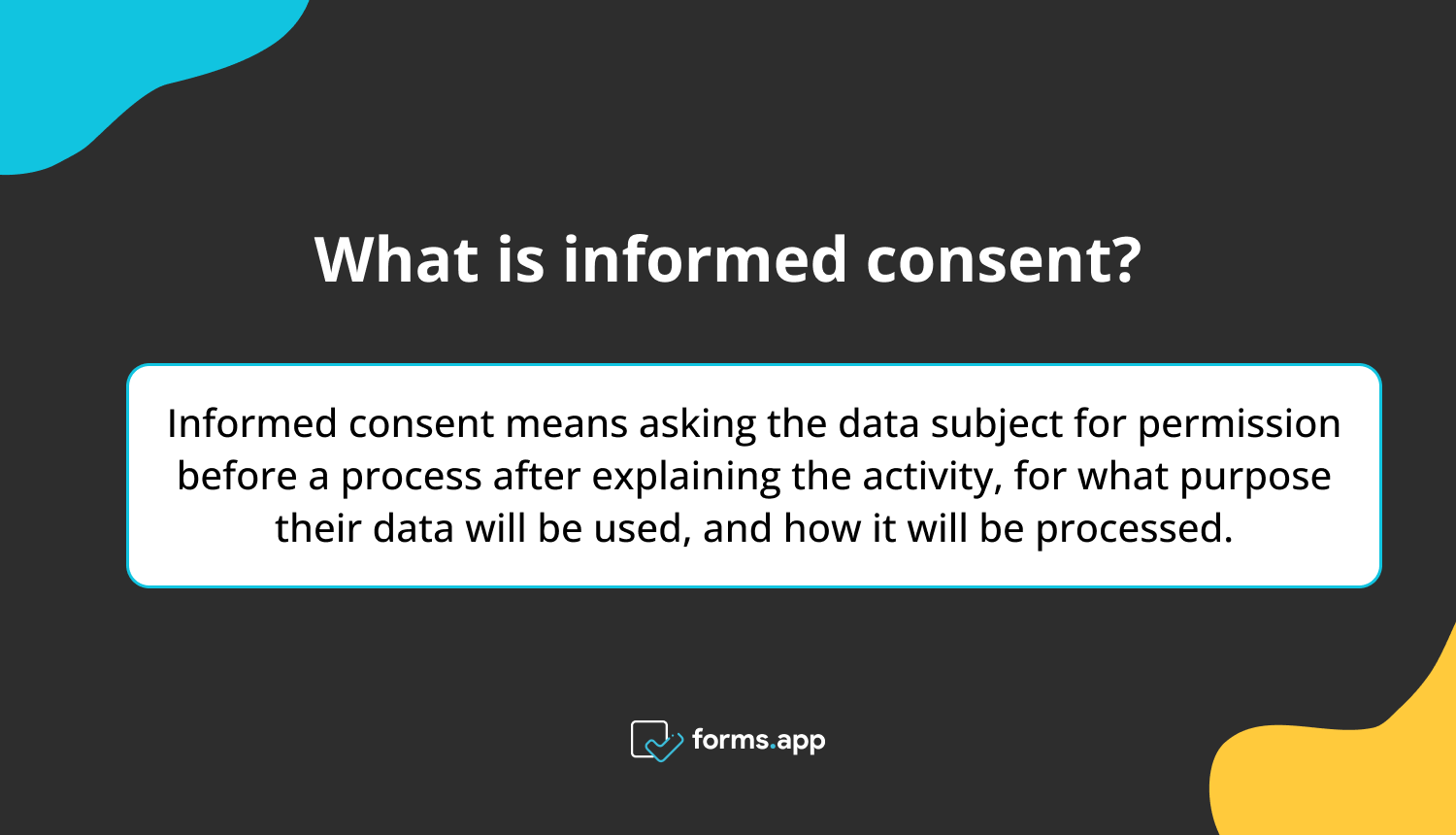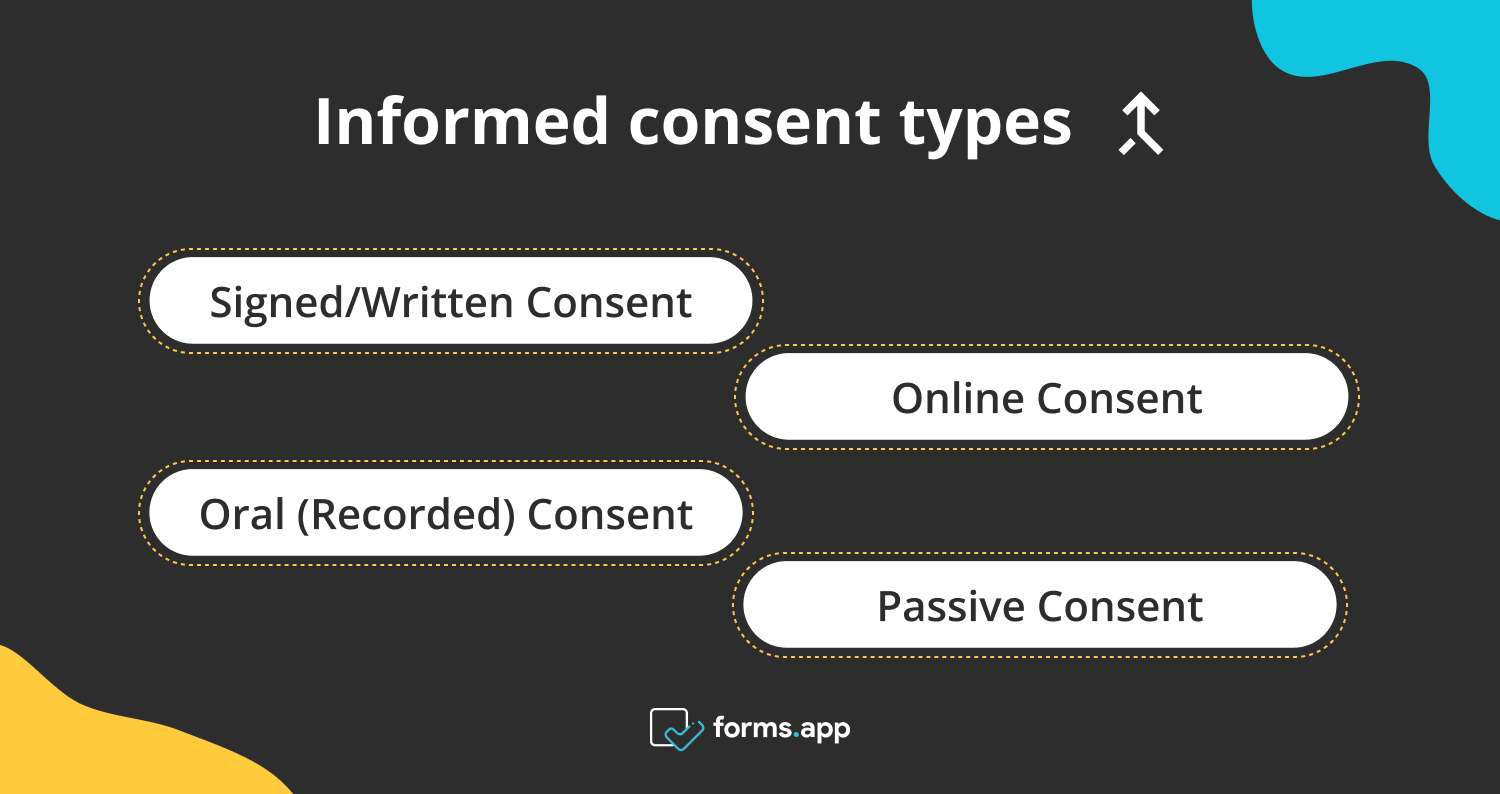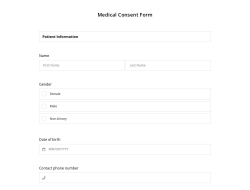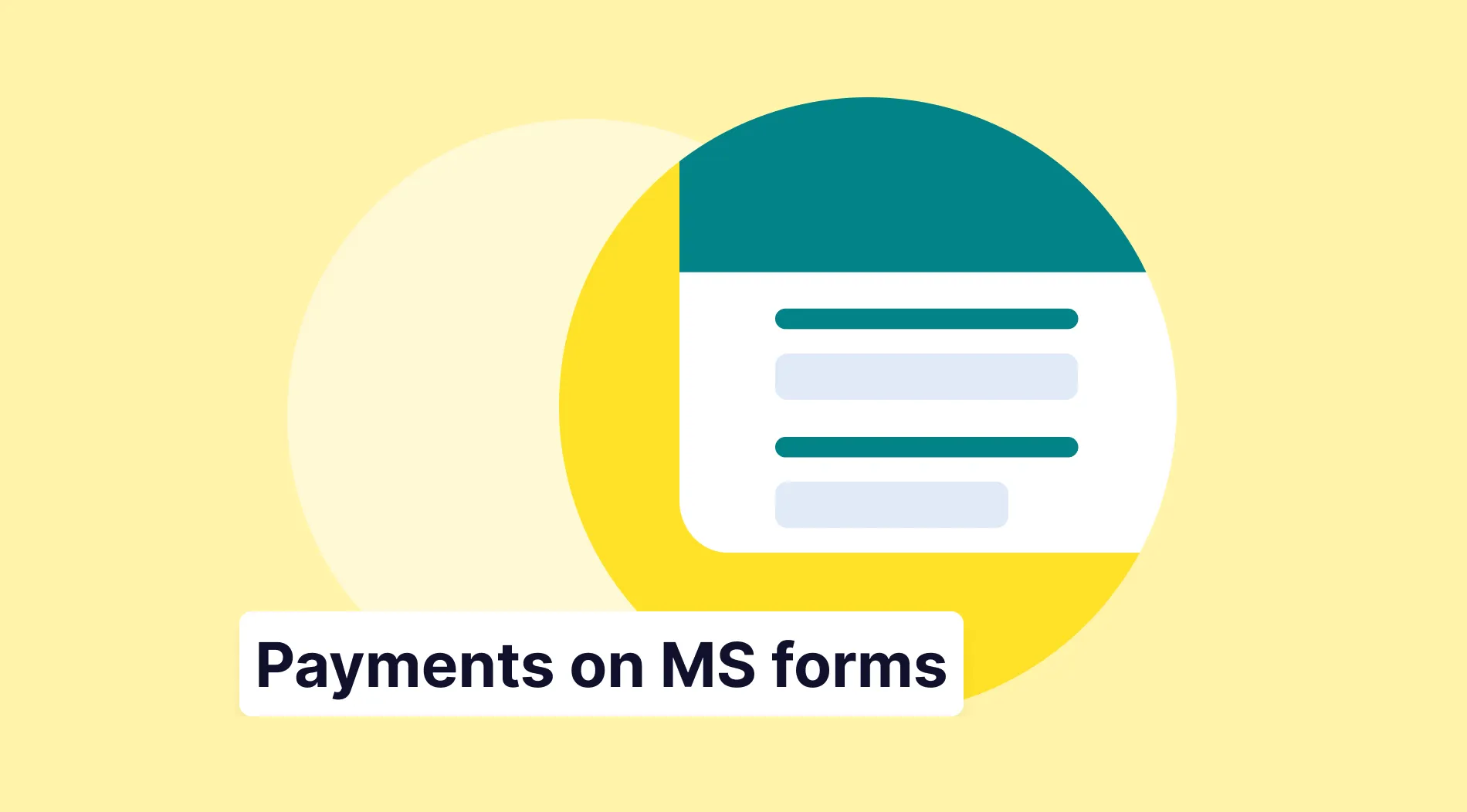With the introduction of technology into our lives, information is the most powerful resource for everyone. Almost every day, you share your private information knowingly and sometimes unknowingly. Most of the time, you may not realize what is being done with this information. In addition, the use of your information without your consent is also a serious legal offense. For this reason, it is crucial to obtain your consent before the information you provide.
In this sense, informed consent is an essential tool. It is a basic requirement to obtain consent before obtaining private information of individuals or for the consequences that may occur in the future. In addition, informed consent is vital in our lives as it is your most basic human right to know where and for what purpose the information you provide will be used. In this blog post, we will go over what informed consent is, details of its types, and when it should be used.
What exactly is informed consent?
According to GDPR, informed consent means asking the data subject for permission before a process after explaining the activity, for what purpose their data will be used, and how it will be processed. The people whose information is received should know where this data will be used. Also, they should know that they can withdraw whenever they want. In addition, the written language of this informed consent should be very simple and free of terms so you can be sure everyone understands it.
You may need to use informed consent for different purposes. It is imperative to use informed consent if the subjects are about many aspects of health care, sharing personal information, or research. For example, if you are receiving a risky treatment, you should be informed by the hospital about the results, side effects, and alternatives of the treatment. Likewise, the institutions with which you share your personal information, such as your home address and telephone number, must inform you of their purpose.

What is informed consent?
Informed consent types
There are also different types of informed consent for other purposes and reasons. It will be more beneficial to use the type suitable for its purpose according to people or situations. 4 different types of informed consent are as follows:
1 - Signed/written consent: It is used in situations where a signature can be signed together with the phrase "I have read, understood."
2 - Online consent: In cases where you are not physically next to the data subject, you can use online consent forms.
3 - Oral (recorded) consent: As the name suggests, consent is recorded with the help of video or audio recording and used in case of need.
4 - Passive consent: In other words, opt-out consent is the fact that the person does not make an objection after learning what will happen as a result of the process and its purpose.

Informed consent types
How to obtain consent with online forms
It may be difficult for you to prepare consent documents from time to time due to your busy life. Also, the informed consent process can often be tedious and confusing. For this reason, you can collect consent by using the online form builders and continue your work easily. You can easily meet informed consent requirements with forms.app.
With forms.app, you can save time by quickly preparing both eye-pleasing and professional, informed consent forms. Thanks to the forms, you can create your consent form by following the steps below.app's features:
- Ready-made templates: There are many consent form samples in forms.app. According to your purpose, you can choose one of them.
- Change the colors: There are various themes and backgrounds in forms.app. You can choose the theme or background you want according to your wishes and purposes.
- Customization: You can add or subtract questions in your form and add private messages for some of the fields.
- Add terms&conditions: Thanks to the terms and conditions field in forms.app, you can explain in detail the purposes of data processing, its results, and where it will be used. In addition, with the checkboxes, you get the legal approval of the people with expressions such as "I have read, understood" or "I accept."
- Add signature: If you still have doubts about whether you have obtained consent even after using the checkboxes, you can add a signature to your online forms thanks to the signature section. Thanks to the signature, your online forms have legal protection for both parties and are legally binding.
- Share it freely: You can share your informed consent forms via a unique URL to send them to the relevant people.
- Embed your form: If you do not want to send a form to everyone separately, you can directly embed your form link on your website and inform the relevant people that they can get the form from there.

Creating a custom informed consent form
Free consent form templates to get started
Finally, If you are using people's private information or if you are going to take any action regarding their bodies, you should definitely tell the relevant people in detail. In addition, you must ensure that the person concerned gives their consent so that you do not get into legal trouble.
There are different types of informed consent, and one of them is the online consent form. Suppose you wonder how to create better online forms for obtaining consent. In that case, it is also very easy to make your forms legally binding with the terms&conditions and online signature available on forms.app. In addition, you can find a carefully written guide to consent forms on forms.app's blog here. If you do not want to waste time preparing informed consent forms, you can make a quick start by using the ready-made templates available on forms.app as follows.
forms.app, your free form builder
- Unlimited views
- Unlimited questions
- Unlimited notifications






